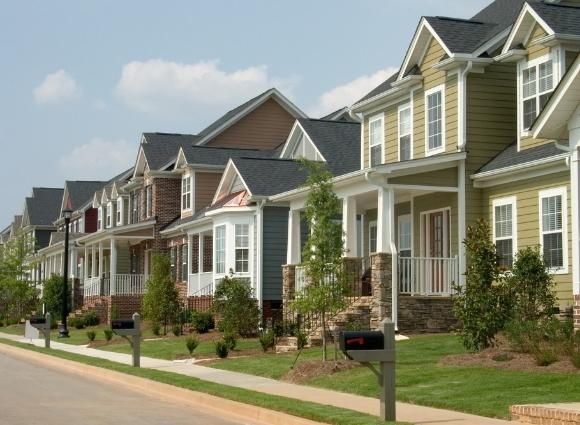
Could Your Business Benefit from a Cost Segregation Study?
Commercial property is generally depreciated over 39 years, and residential rental property over 27.5 years. Real property is more than just the building itself – it also contains plumbing, fixtures, carpeting, awnings, removable partitions, window treatments, lighting, HVAC systems . . . you get the idea. A cost segregation study is a method of separating real property from land improvements and personal property in order to accelerate depreciation deductions.
Personal property such as equipment, machinery, furniture, and fixtures is eligible for depreciation over five or seven years. Land improvements such as fences, outdoor lighting, and parking lots are depreciable over 15 years. Certain building improvements can also qualify as personal property if their purpose serves a business function, such as reinforced flooring that supports heavy manufacturing equipment, enhanced electrical or plumbing required to run specialized equipment or cooling equipment needed for a data processing room.
Whether a cost segregation study results in a reduction in your tax bill depends on your facts and circumstances. But it can be a valuable investment, especially with enhancements to certain depreciation-related tax breaks. The Tax Cuts and Jobs Act (TCJA) increased limits on Section 179, which allows the entire cost of qualifying equipment to be immediately deducted. The TCJA also expanded 15-year depreciation to include qualified improvement property instead of only qualified leasehold improvement, retail improvement, and restaurant property. And it temporarily increased first-year bonus depreciation to 100% instead of 50%.
If a cost segregation study results in additional depreciation deductions, it’s not necessary to amend previous tax returns, as those deductions can be claimed on your next tax return. We can assist you in determining whether conducting a cost segregation study makes sense for your business.



